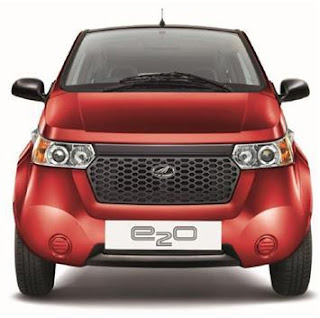Audi SQ7 in the works.
Audi plans to bring its electrically assisted turbocharging system to production on a high-performance 'S' version of the next Q7 SUVfor the international markets, in 2016.
Versions of the system – which combats turbo lag and improves response – are already fitted to two concept cars, the322bhp Audi A6 TDI Concept and the 380bhp Audi RS 5 TDI-e.The system is set to make its production car debut on the Audi SQ7, which will follow the introduction of the next-generation Q7, due in international markets, in 2015.Audi's board member for technical development, Ulrich Hackenberg, told, “The new Q7 will be available in the market next year but the electric turbo will come a bit later in the Audi SQ7 available in 2016.”
The SQ7 would be a new variant, although Audi currently offers the smaller SQ5 SUV in the global markets, its first-ever diesel-fuelled 'S' model, which is powered by a bi-turbo oil-burning engine producing 309bhp.Car makers and turbocharger manufacturers alike have worked hard to reduce turbo lag on both petrol and diesel engines in recent years.
Audi is trialling two different systems on its concepts. The system on the A6 TDI Concept combines an electrically driven supercharger with a single turbocharger, while the RS 5 TDI combines it with a series sequential twin-turbo system with a large and small turbocharger.The electric charger is arranged last in line in both cases, boosting directly into the inlet manifold, while an intercooler preceded by the conventional turbos sit upstream.
At low rpm, when diesels suffer most lag, the electric charger is brought into play reaching maximum boost in just 250 milliseconds for near instantaneous throttle response. Once high enough exhaust pressure is detected, a valve opens bypassing the electric turbo and the conventional turbos take over.On the RS 5 TDI, the smaller of the two turbos acts first and as revs and power climbs, it too is bypassed, leaving the larger turbo to take over.
Audi first revealed the idea in 2012 with an early version of the A6 3.0 TDI Concept. The system comprised a Honeywell, 48-volt electric supercharger fitted in line with the conventional turbocharger.The electric charger was only brought into play at low revs but when it did, unleashed near instant response, the experimental V6 diesel going on to produce a mighty 420bhp.
The reduced power of both the current development cars suggests the engines are nearing production readiness and that robustness and durability have been taken into consideration.
The single turbocharger plus electric charger configuration of the A6 Concept provides a lower cost option than the more complex twin turbo system of the RS 5. Like the earlier prototypes, both depend on the adoption of a high power 48-volt electrical system to drive the 7kW motor of the electric charger.
Initially, the 48-volt system will run in parallel with the conventional 12-volt electrical system to power conventional electrics.This involves two batteries and two wiring harnesses and is likely to be an interim solution. Audi engineers admit that, “retaining the 12-volt system is not essential to implementing a 48-volt system.”That’s another way of saying that in the future, cars will run a single 48-volt system, power being stepped down to lower voltages using sophisticated transformers called DC-to-DC converters. Doing so would save weight, cost and complexity.
The development of ultra-high performance diesels by Audi is not just to bolster brand image and impress the media, it makes sound business sense too.Switching to diesel engines would make a difference but more importantly, create stir in the showrooms and significantly increase the halo effect on higher-volume diesel models like the Audi A4.




Comments
Post a Comment